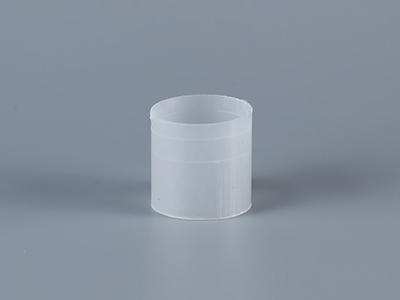Accurate detection of
plastic packing content is essential for ensuring product quality and performance. This article will introduce various methods used to detect the content of plastic packing, their principles, and applicable scenarios.
Thermogravimetric analysis (TGA) is a widely used method. It works by measuring the mass change of a sample as the temperature increases. Since plastic packing and the plastic matrix have different thermal stabilities, they decompose at different temperatures. By analyzing the mass loss curve, the content of the packing can be calculated. TGA is suitable for most plastic packing systems, especially those where the packing is thermally stable at high temperatures.

Chemical extraction is another effective approach. It involves using a suitable solvent to dissolve the plastic matrix while leaving the packing undissolved. After filtration, washing, and drying, the mass of the remaining packing is measured, and its content is determined by comparing it with the total mass of the sample. This method is particularly useful when the packing is insoluble in common solvents and the matrix can be easily dissolved, such as in some thermoplastic composites.

Fourier transform infrared spectroscopy (FTIR) can also be applied for quantitative analysis. By measuring the characteristic absorption peaks of the packing and the matrix, a calibration curve is established using samples with known packing contents. The content of the unknown sample is then determined by comparing its absorption intensity with the calibration curve. FTIR is non - destructive and suitable for rapid analysis, but it requires careful selection of characteristic peaks to avoid interference.
X - ray fluorescence spectroscopy (XRF) is suitable for packing containing elements that are not present in the plastic matrix. It detects the characteristic X - rays emitted by the elements in the packing, and the content is calculated based on the intensity of these X - rays. XRF is fast and requires minimal sample preparation, making it ideal for on - site or large - scale testing, especially for inorganic packing like calcium carbonate or talc.
Each detection method has its advantages and limitations. The choice of method depends on factors such as the type of packing, the nature of the plastic matrix, the required accuracy, and the available equipment. In practical applications, combining multiple methods can often improve the reliability of the results.
In conclusion, accurate detection of plastic packing content relies on selecting appropriate methods based on specific circumstances. These methods play a crucial role in quality control, research and development, and ensuring the performance of plastic products containing packing.



